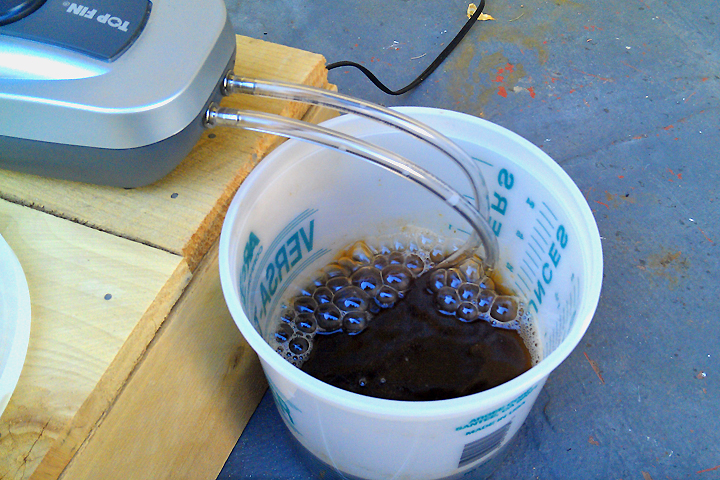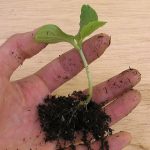DIY Organic Liquid Fertilizer

Given the prices of already diluted or inorganic fertilizers, we thought it would be of value to our readership to get a quick guide on how to make your own organic liquid fertilizer. This is not a simple how to on the traditional ‘tea’, like compost, manure, earthworm casting, cinnamon, or chamomile tea, but an actual liquid kelp based fertilizer for use in the garden or in hydroponic system.
In addition to kelp that was freshly collected on the beach, other organic ingredients are added to the brew. They include calcium, magnesium, zinc, iron, molasses, sugar, and yucca extract.
- Wash fresh kelp to remove excess salt and non plant material.
- Blend on a high liquefy setting with equal parts dechlorinated or spring water, until contents are a liquified.
- Strain emulsion over a small bucket.
- Dissolve a couple table spoons of cane sugar, into one half cup of dechlorinated water
- Add sugar water to bucket.
- Add molasses and any other extracts, vitamins or minerals to the liquid.
- Agitate the brew with an air pump, just like you’d aerate water in a fish tank. Do this in warm conditions, and agitate for a few hours at a minimum. Warmer liquid temperatures will help increase good bacteria growth, but too hot a temperature will kill them.
- When the brew looks good and dark, pour the concentrate through a fine screen or or mesh to remove solids.
- If you seal the cap on your storage container, you may need to ‘burp’ your container regularly to release gases created by the beneficial bacteria in your living fertilizer/brew.
Usage
Usage depends on concentration and plant feeding requirements. Concentrations can range from a ½ ounce per gallon to 1 part fertilizer per 3 parts water.
The frequency of use depends on system and fertilization needs. Use weekly in deep water culture systems and in out door gardens that require fertilization. The dilutions will depend greatly on how concentrated the original concentration is and the sensitivity of the target plant. Like most garden experiments either start small, and increase your usage, or use liberally on a donor plant you are willing to lose to observe a ‘lethal’ limit.
To create a more complete nutrient solution, mix with soluble urea, and humic acid at the time of use. As always, dilute before use.
Observations
Plants treated with the kelp based liquid fertilizer are exposed to the natural hormones and over 50 trace elements. Treated plants seem to maintain a healthier rhizosphere, and an improved tolerance to environmental stress, as is expected of good mycorrhizal activity.
Of course the observations are just that, observations. We have not cultured bacteria from a treated and non-treated plant, and measured the difference in beneficial bacteria. Nor have we intentionally stressed plants that were treated and measured survivability against any controls.
Tags: How To, hydroponics, kelp fertilizer, Organic, seaweed fertilizer Comments